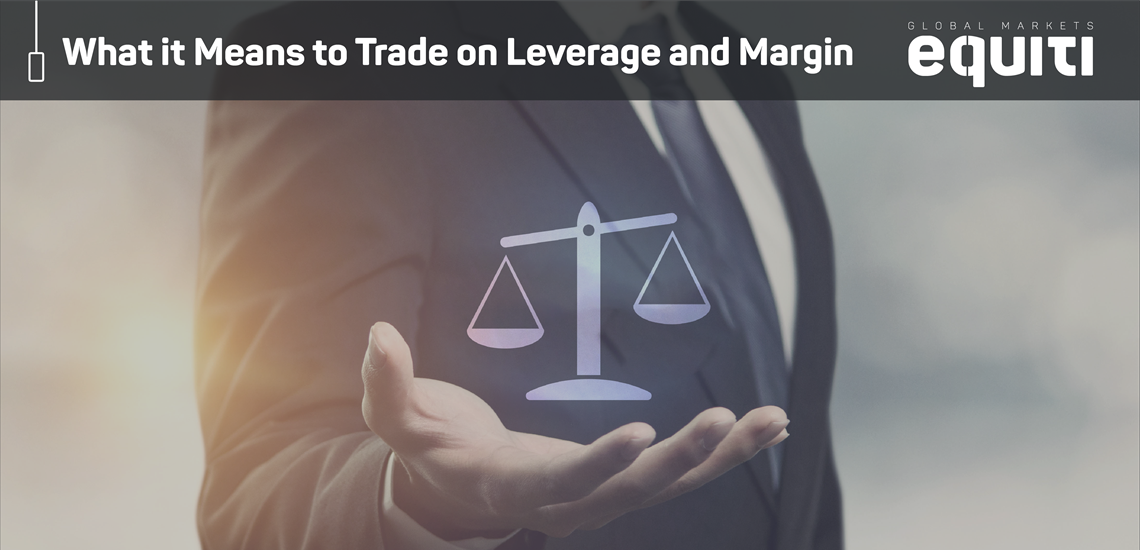The author is an expert in the field of multi-asset trading.
¿Qué significa operar con apalancamiento y margen?

Your ability to borrow money from your broker to trade currencies is what leverage and margin are all about in forex. With leverage you can increase your ‘trading power’ – giving you more money to trade with than your deposit. Before you enter a leverage or margin trade, make sure you understand how it works so you can make the most of your trading while calculating your risk.
Equiti gives you up to 1:500 leverage
One of the most powerful tools in forex trading is leverage. Using leverage means that if, for example, you want to make a $100,000 deal, and with a 1:200 leverage you would need a deposit of only $500. High leverage can make the forex market highly profitable though very risky.
You can make and lose more money
Essentially, the aim of trading on margin is to magnify profits by being able to take out larger positions than you would be able to with your money alone. However, this also increases your risk. It’s important to remember that you can lose more than your initial stake. If a currency underlying one of your trades goes in the opposite direction of what you anticipated, leverage will greatly amplify the potential losses. To avoid such cases, traders should use a strict trading strategy that involves the use of stop and limit orders.
It’s similar to buying a property
To show you how it works, let's look at the process of buying a house. You have a deposit of GBP50.000 and the property costs GBP250.000, five times your deposit. You need to use your bank as leverage to be able to buy the house, so you apply for a mortgage that covers the remaining GBP200.000. The ratio – or your leverage – is 50,000:250,000. This is more commonly expressed as 1:5.
Here’s how it works in forex trading at Equiti
Before you start trading, you are required to put up a percentage of the money that you borrow ‘in good faith’. Let’s say you want to trade the EURUSD currency pair and the amount you want to invest in that position out of your own pocket is GBP2.000.
Your broker requires you to make a minimum deposit to hold this position. This initial deposit is your margin requirement. The value of your trade is much higher than this. When you trade with Equiti the value can be as much as 500 times your initial deposit. If you choose 1:10 leverage, your GBP2.000 would let you place trades up to the value of GBP20.000.
Now let’s say you want to trade 1 lot of GBPUSD with a leverage of 1:500. The equivalent of 1 lot is 100,000 units of the base currency (GBP). So in this example, the calculation is 100,000 units divided by the leverage of 500. This gives you the margin required for your trade, which is GBP200.
Ensure you understand the risks
It’s important to remember that you should be careful and not over-leverage your position based on the equity in your account. Trading on margin and leverage can greatly increase your profits, but it can also magnify your losses very quickly if the markets move against you. Before you make your first trade, ensure that you fully understand the risks of trading on margin.
Your leverage check-list
- Your margin requirement is the initial deposit you need to make with your broker to enter a trade.
- Your leverage is the ratio of the total value of your positions compared to your margin requirement.
- Leverage enables you to magnify profits but your losses also increase.
- If you over-leverage your position and the markets move against you, there is the risk that your broker will liquidate your positions.
Margined Forex and CFD trading are leveraged products and can result in losses that exceed deposits.